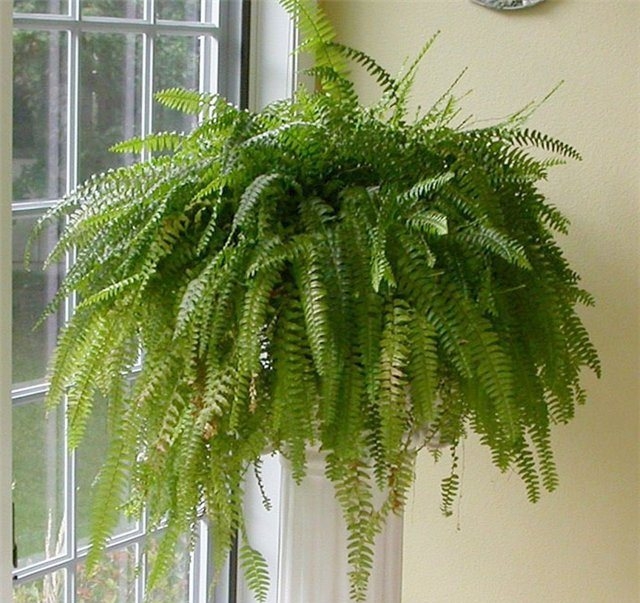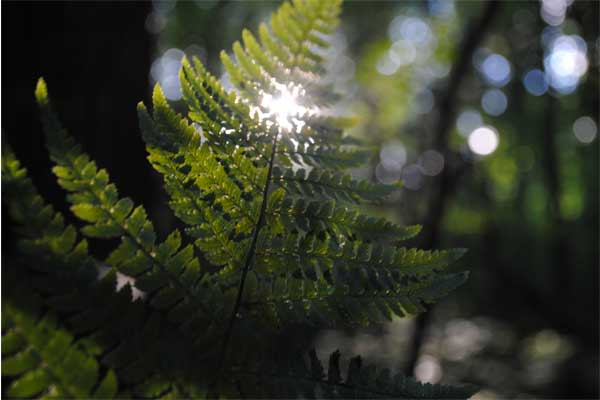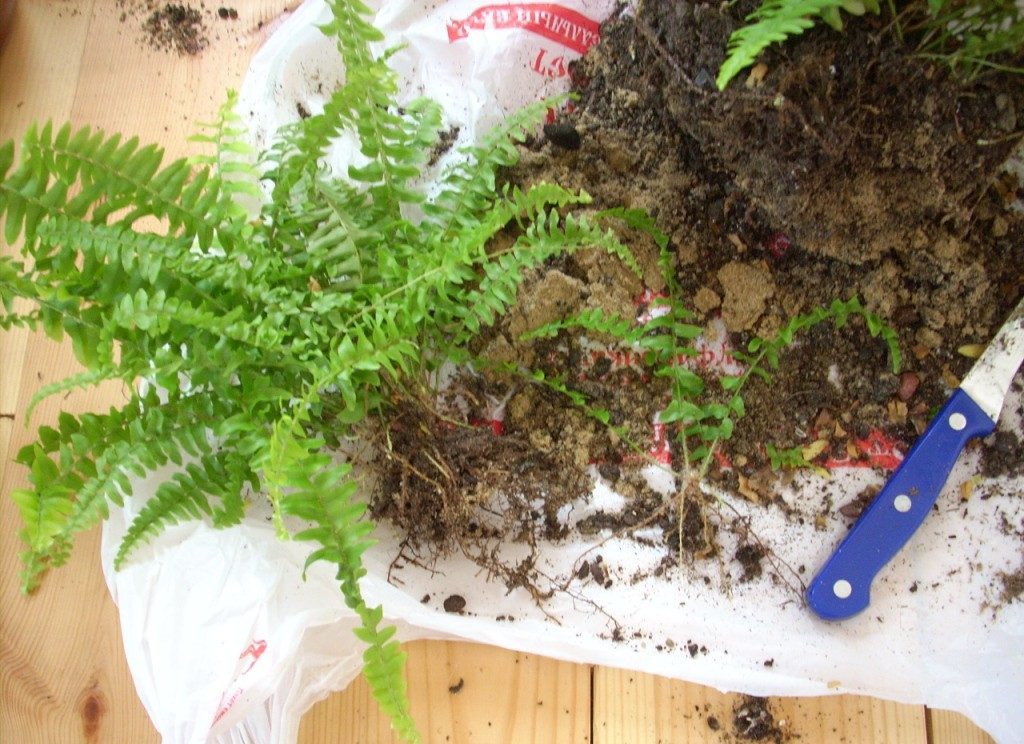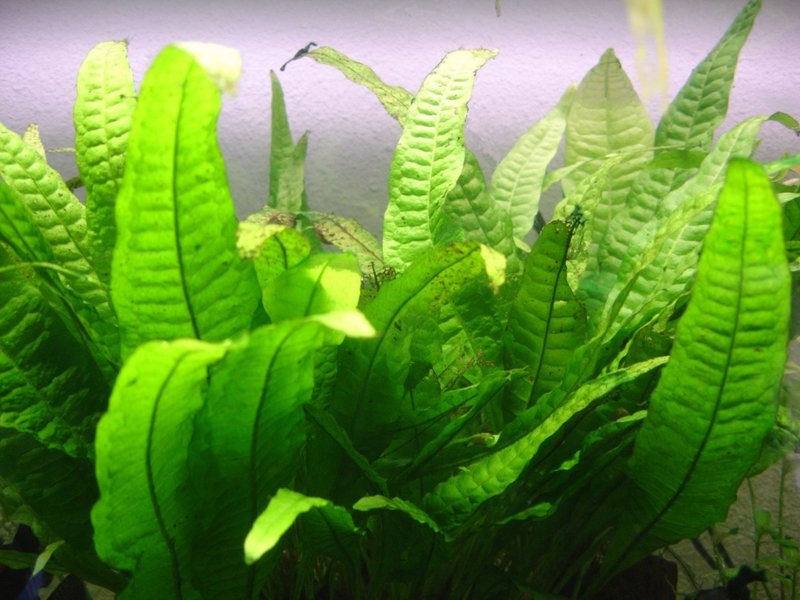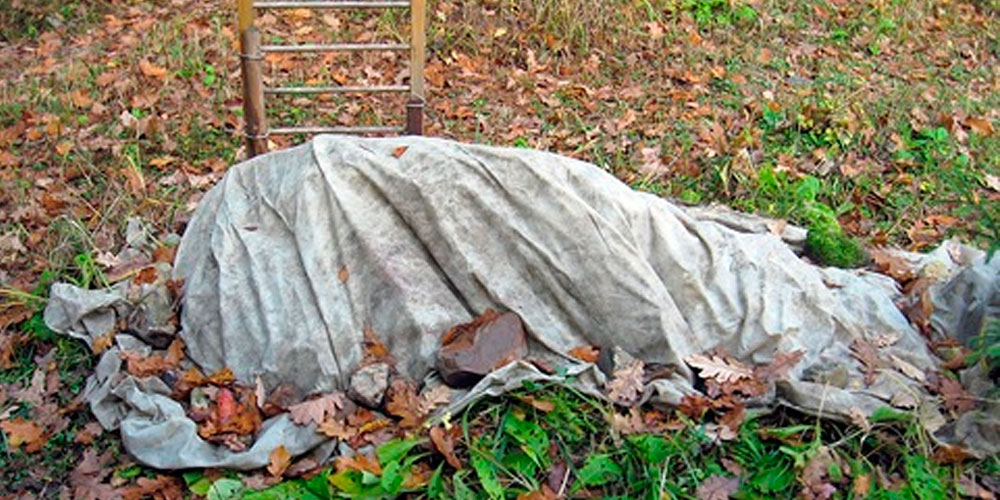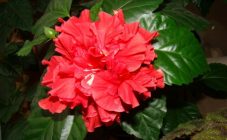Content:
Fern is a plant whose name is often used in Russian fairy tales and epics. It is often endowed with all kinds of magical properties. Many people want to keep this plant at home, which is why they ask questions about whether it is possible to keep a fern in an apartment or whether it is possible to plant a fern at least in the yard.
Description of the plant
In nature, there are about 10,000 species of this plant. Most of the ferns are common in tropical forests. In Russia, their habitat is an ordinary forest.
Representatives of different species differ in size, have different life forms (appearance, which reflects their adaptability to the conditions of the growing environment), life cycles, structural features, etc.
The fern leaf is not completely leaf. As a result of evolution, the plant has a leaf plate that resembles a real leaf, but, unlike it, is not yet divided into a stem and a leaf. Therefore, what gardeners often call leaves are correctly called differently: frond, flattened and pre-run.
The plant reproduces by spores and vegetatively.
Vayi grow from buds located on the rhizome. Their main functions are photosynthesis and sporulation. Spores form in sporangs located at the bottom of the flatworm.
The benefits of growing a fern at home
This flower grows well in houses with clean air. Indoors it acts as a natural filter. However, if the air is heavily polluted, then the plant begins to wilt. Thus, it is also an indicator of air purity. If, with proper and proper care, the leaves begin to dry out, then it is possible that the cause is bad polluted air.
The plant is used in folk medicine. Medicines are made on its basis. It is also used in Chinese and Korean cooking, and luxurious fronds are used in floristry.
Indoor fern: superstitions and omens
There are two opposing opinions about whether fern can be grown at home.
The flower, according to archaeologists, appeared on the earth several million years ago. It is grown in courtyards on flower beds and indoors. He is quite unpretentious in care, so usually there are no problems with him.
The plant is often credited with various miraculous properties that affect the surrounding space of the house. Therefore, the question of whether it is possible to keep a fern at home is relevant for all owners who would like to have this luxurious flower at home.
Superstitions about the house fern
Many argue that the fern calms a person well. Therefore, it is recommended to grow it in those houses in which hot-tempered or aggressive people live.
It perfectly harmonizes the surrounding space, and the owners, who have strong differences in temperaments, will not show their feelings strongly, peace and harmony will come in the house, and relations between all family members will gradually improve. For this property, the fern bears another name - “flower of the golden mean”.
Another sign associated with a flower suggests that if a fern grows in a house, then its residents will always have good luck in business. Accordingly, the well-being of the family will increase. He also protects the owners from sudden, impulsive spending.
According to legends, fern drives away evil spirits, protects from black magic and damage. If a home flower has withered, then this is considered a sign that he has taken trouble away from the house.
From this point of view, the fern should be a welcome plant in the house or in the flower bed. Therefore, if we consider these beliefs, the answer to the question of whether it is possible to grow ferns at home is obvious.
Why you can't keep a fern at home
Sign 1
It is believed that the fern grows well and develops only if it consumes a large amount of energy, which it takes from the surrounding space. Therefore, it is also called the vampire plant.
To minimize this impact, it is recommended to place the flowerpot in a location that is energy disadvantageous. For example, in the place where the TV or computer is. In this place, it will well absorb electromagnetic radiation that comes from working electrical appliances.
Sign 2
Another superstition is associated with the mystical ability of the plant to attract trouble and bad luck to the house to which the flower was brought. It is also believed that the fern that is grown in the house can harm the people living in it. They begin to feel worse and their health deteriorates.
This can be explained by the fact that the fern reproduces by spores that form on the lower part of the pre-shoot. This can cost the owners of the aggravation of various diseases in allergy sufferers.
It is also not recommended to grow a plant in the bedroom, since the flower actively consumes oxygen at night during its life. At the same time, it also emits large quantities of carbon dioxide into the surrounding space. Lack of oxygen can cause head disease in the morning, which is why it should not be left in a room where people sleep at night.
Therefore, if a fern is grown in the house, then it is important to monitor your well-being. If the state of health worsens, then it is better not to keep the flower indoors. In the case when you don't want to throw out the plant, you can leave it, but you only need to plant it on the street.
Thus, whether it is possible to keep a fern at home or not, the owners decide in each case. It should also be noted that if a person believes that a plant brings only happiness, then he will attribute to him any successful events in life, those who believe that a flower is a companion of trouble will attribute everything bad to the influence of a fern.
Proper plant care at home
At home, a fern species called nephrolepis is most often grown.
In order for the plant to develop normally, it is necessary to choose the right location for the flower pot. The fern grows well in the house under the influence of bright diffused light, although it can withstand light partial shade. It is undesirable to place a fern in an apartment in a place where the sun's rays directly hit its leaves.
You also need to remember that an adult flower is quite impressive in size and may not fit on a windowsill.
Since the fern is a tropical plant, the optimal temperature range for its development will be 20-25 ° C. Although it can develop at lower temperatures (up to 10 ° C).
Proper watering of the plants is also important. It should be abundant and regular. If the soil in the pot is dry, then the domestic ferns begin to wither, their leaves dry out, and their restoration becomes almost impossible.
Timely feeding is no less important for the flower during the period of active growth. In the spring, mineral fertilizers are usually applied. For a young plant, nitrogen fertilizing is also used during this period.
Fern-like flower on the site
Fern looks great on flower beds near the house. The following types are used for cultivation:
- common bracken;
- kochedyzhnik;
- shieldworm;
- asplenium;
- ostrich ordinary.
In the wild, fern grows in the forest under trees, so a shaded area is a good planting site. Only the shadow should not be strong. It is also important to observe the water regime for this plant. So that the land around does not dry out, you can mulch the soil around the plant.
The soil should be light, loose and absorb moisture well. In this case, decay of plant roots will be excluded. The optimal composition of the soil: sod land - 2 parts, peat - 2 parts, sand - 1 part.
About once every 3-4 years, the flower is thinned out. At the same time, old, dried and lost fronds are removed.
It is better to cover the plant for the winter. This is especially true when flowers grow in the flowerbed that cannot stand low temperatures. You can cover them with fallen leaves or peat. In some species, for example, in the onion-bearing asplenium, you can dig up the roots and store them together with an earthen clod in the cellar until spring.
Forest fern on the site
Is it possible to plant a forest fern at home, and not a garden fern, and will it develop normally at the same time? It has been experimentally proven that the forest flower feels great in the summer cottage, it is only recommended that when digging up, preserve the forest soil around the roots.
When planting, you will need to moisten the well well. When placing the plant, you need to try to keep the earthen lump around the roots, with which the flower was dug out.
Since the fern is a large plant, it is important to plant it in such a way that it does not oppress or cover the smaller flowers.
Signs about forest fern
Different peoples have their own beliefs associated with the fern.
The Slavs believe that if they find a blooming forest fern on the night of Ivan Kupala, it will show the way to the treasures and treasures. If the flower is planted near the house, then on that night you need to tell the fern about your cherished desire, and it will come true.
The British believe that the fern is a love talisman. Therefore, it is often planted in the yard by young couples.
In the old days, many peoples believed that if fern leaves were burned in a drought, it would rain.
Fern is a very beautiful plant that will decorate any area. If you believe the folk signs, then it will still be a natural guardian of your home. It is believed that if a fern grows in the yard, then an evil or harmful person will not be able to send damage or trouble to your family.
